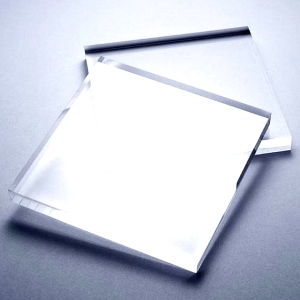
Acrylic environmental protection board
It is cast from Mitsubishi/ROHM brand new materials, with more than 5 precision filtrations, combined with special environmentally friendly color paste and environmentally friendly accessories, and also supports color customization, which can meet European and American environmental standards.
Product description
It is cast from Mitsubishi/ROHM brand new materials, with more than 5 precision filtrations, combined with special environmentally friendly color paste and environmentally friendly accessories, and also supports color customization, which can meet European and American environmental standards.
Thickness: 2.5mm-30mm
Specifications: 1220*1830mm, 1220*2440mm, 2050*3050mm
Other sizes can be consulted, support customized sizes
Application industries: food packaging, pharmaceutical products, infant products, high-end cosmetic products
Product Features:
(1) Green and environmental protection
(2) Customizable colors
(3) Food contact level
(4) Easy to process
(5) Safety and health
As a Zhejiang acrylic manufacturer, here are some precautions for the use of brand-new acrylic.
1. Acrylic board cannot be stored in the same place with other organic solvents, let alone contact with organic solvents
2. During transportation, the surface protective film or protective paper cannot be scratched
3. Cannot be used in an environment where the temperature exceeds 85°C
4. When cleaning the acrylic sheet, only 1% soapy water is required. Use a soft cotton cloth dipped in soapy water. Do not use hard objects or dry wipes, otherwise the surface will be easily scratched.
5. Acrylic sheet has a large thermal and cold expansion coefficient, and the expansion gap should be considered due to temperature changes
Due to the difficulty and high cost of acrylic production, there are many low-quality and inexpensive substitutes on the market. These substitutes are also called&"Acrylic GG", which are actually ordinary organic boards or composite boards (also known as sandwich boards). Ordinary organic board is cast with ordinary organic glass cracking material and pigment, with low surface hardness, easy to fade, and poor polishing effect after sanding with fine sand. The composite board has only a very thin layer of acrylic on the surface and ABS plastic in the middle. It is easy to delamination due to thermal expansion and contraction during use. True and false acrylic can be identified from the slight color difference and polishing effect of the sheet section.


